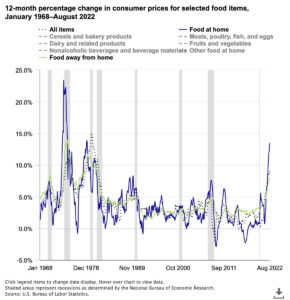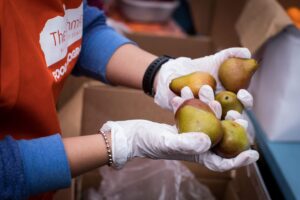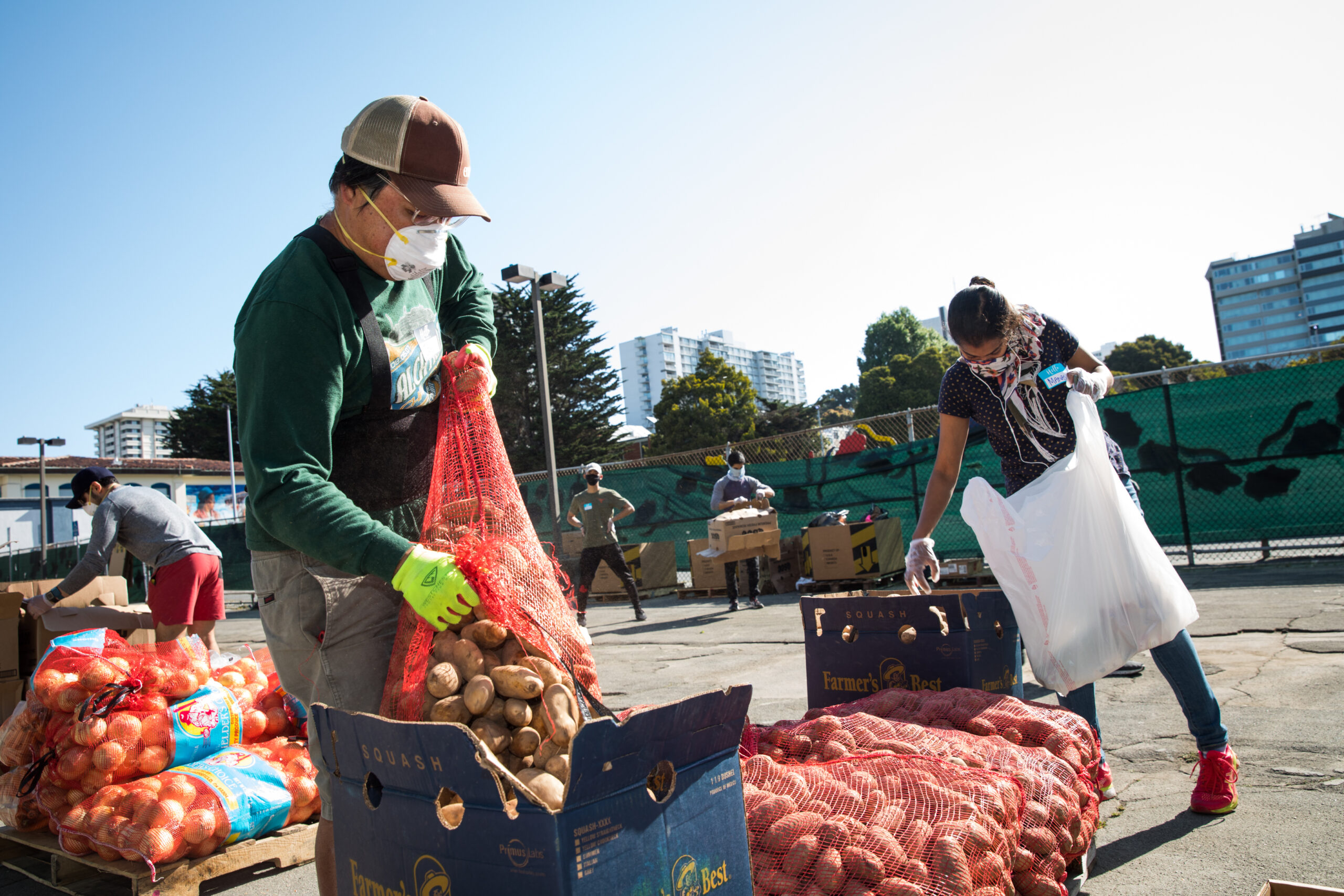Last year, supermarket food prices across the country rose by 13.5%, causing over 34 million people and 900,000 Bay Area residents already struggling with food insecurity to turn towards local food banks for support.
Mara Sleeter is the Communications Coordinator at the San Francisco-Marin Food Bank. “We [now] serve about 53,000 households per week; almost double compared to what we were serving pre-pandemic,” she said.
Between January and December of 2022, eleven food-price categories increased by more than 10%, including fats and oils (18.5% increase), poultry (14.6%), other meats (14.2%), cereals and bakery products (13%), dairy products (12%), processed fruits and vegetables (12%), nonalcoholic beverages (11%), sugar and sweets (10.4%) and other foods (12.7%).

photo courtesy of the U.S. Bureau of Labor Statistics
Because of the rapid supermarket food inflation, Feeding America, a US based non-profit, found that in 2021 alone over 53 million people turned towards food programs for support.
According to the California Budget & Policy Center Making Ends Meet Report, prior to the pandemic, a family of four in San Francisco needed to earn $110,948 a year to meet their basic needs. Now, an SF family of four needs an annual income of at least $153,227 to pay for basic expenses. This 138% increase between pre and post pandemic years is detrimental to families, as two full-time minimum-wage jobs in San Francisco only add up to $58,240. According to the SF-Marin Food Bank’s 2022 Hunger Report, “that disparity is even more stark now.” Between 2018 and 2021 the cost of basic expenses rose by 19%.

photo courtesy of San Francisco-Marin Food Bank
Although food banks across the country have tried their best to continue to support the rising number of participants in their programs, they too have been impacted by inflation and are struggling to meet the demands of their participants.
During this past winter season the SF-Marin Food Bank spent over 35% more on their holiday menu; approximately $480,000 more than last year. Sleeter explained that prior to the pandemic, the food bank would provide each participating family an 18-pack of eggs, costing the organization $2.40 per pack, or 13¢ per egg. This past season however, the bank was only able to provide families with a 12-pack costing $5.00 each, or 42¢ per egg. This year, each egg cost the SF-Marin Food Bank 323% more than last. “It’s a huge increase in cost and financial strain,” she said.
Additionally, the number of donations have decreased as certain corporate and individual donors can no longer financially support the food bank in the same way as prior to the pandemic. “We are really lucky to have the community in San Francisco and Marin that we have, but as time goes on we continue to see a need for donations,” Sleeter said.
Sleeter expressed that many donors may not understand the significance of their donations, even if small. “Donating to a food bank is really efficient; we can turn $1 into two meals,” she said.

photo courtesy of San Francisco-Marin Food Bank
The SF-Marin Food Bank’s mission is to end hunger in San Francisco and Marin. Although the bank understands how ambitious this goal is, they believe that the best way to make improvements is to work in partnership with those in the community. “You can’t try and blaze your own trail with issues of this magnitude,” she said.
As the country begins to transition out of stricter pandemic protocols, the SF-Marin Food Bank has begun providing more service opportunities, both in the warehouse and in the field, with the hopes of regaining their pre-pandemic number of volunteers. “Volunteering is one of the most helpful ways of supporting,” Sleeter said.
Specifically, SF-Marin Food Bank hopes to encourage young adults, teenagers and students to volunteer. “Our goal is to encourage new generations to express interest and help create change across the Bay Area.”






